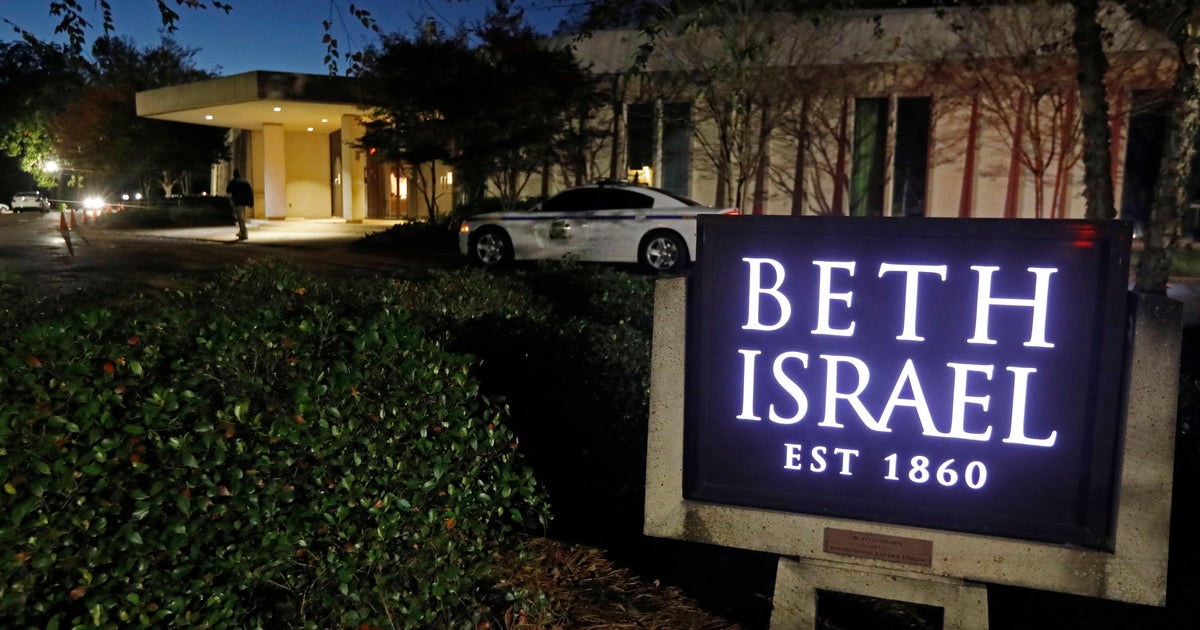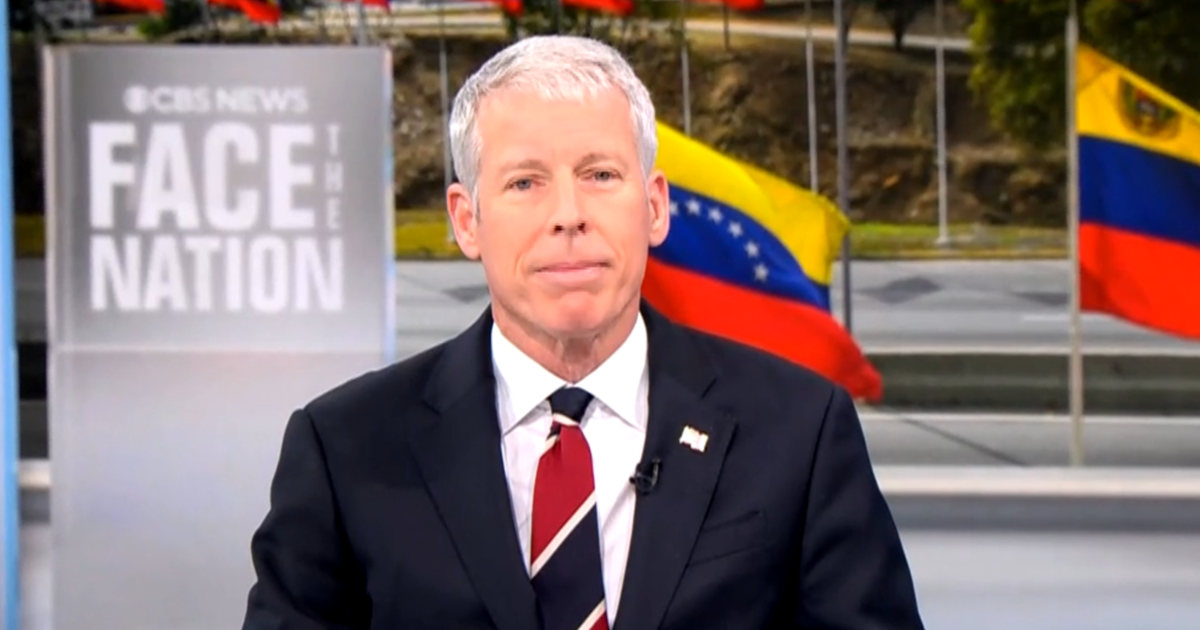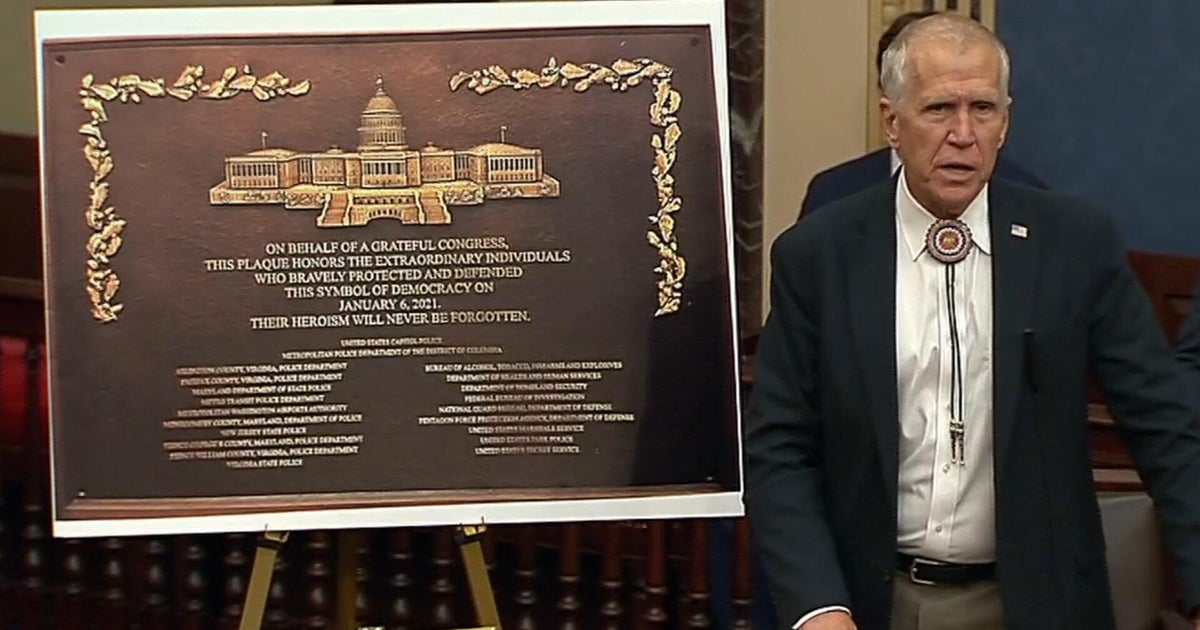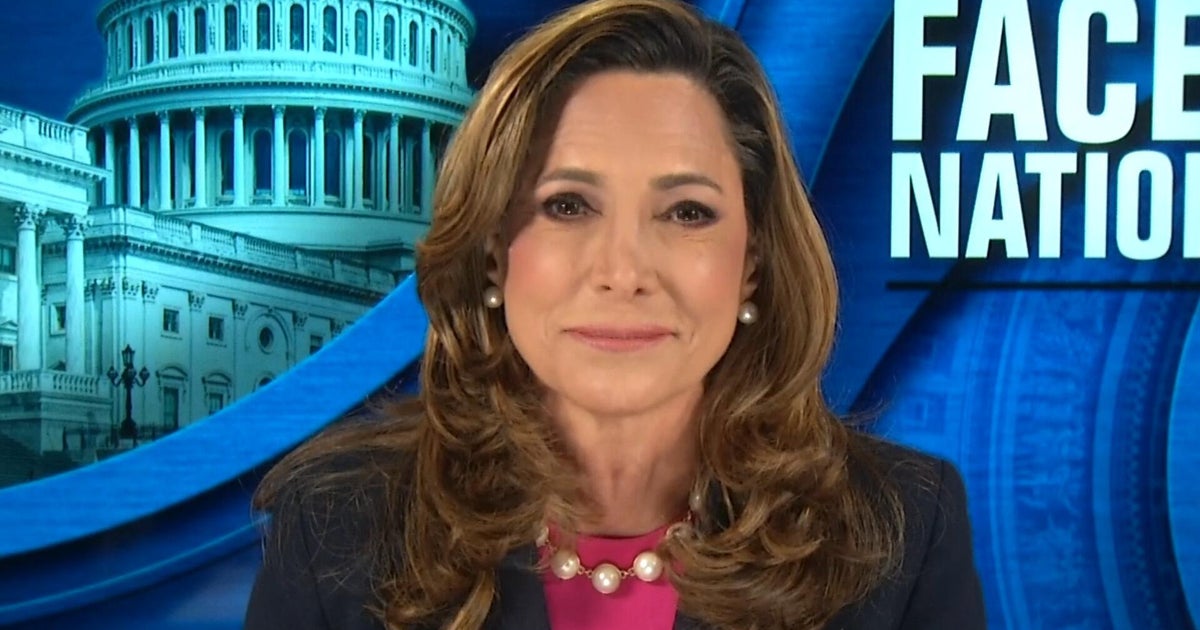Children in lower-income households whose parents receive a rental assistance payment and use it to move into better-quality housing are more likely to go to university than otherwise, a new study found.
The children were also less likely to experience homelessness later in life, found the paper from the Australian Housing and Urban Research Institute, The impact of Commonwealth Rent Assistance on low-income privately renting parents and children.

Rent support payments can help children’s chances of attending university later in life.Credit: Sam Mooy
To enable the long-term social mobility, parents needed to use the Commonwealth Rent Assistance payment to rent a home that was better quality, or less overcrowded, or in a better neighbourhood – especially as suburbs with better public schools tend to have more expensive rents, said lead researcher Chris Leishman, Professor of Property and Housing Economics at the University of South Australia.
“We have got some evidence that used in the right way, Commonwealth Rent Assistance does have a positive effect on social mobility,” he said.
“The thing is, there’s lots of households that are eligible for Commonwealth Rent Assistance but either don’t get it, or don’t get much because they’re choosing to rent a small property, maybe a more remote neighbourhood in the city, so it’s cheaper for them to afford. So they’re not really getting much benefit from that subsidy.
Loading
“It’s only the households that seem to make a practical decision: ‘let’s rent a bigger property, or in a suburb with a better school’ … The household has chosen to pay higher rent, but three-quarters of that is covered by the Commonwealth Rent Assistance.”
Commonwealth Rent Assistance is available to some households who receive government payments such as JobSeeker, Youth Allowance, the Parenting Payment, the Disability Support Pension or Family Tax Benefit Part A at more than the base rate.
The amount of assistance paid depends on how much rent someone pays. A single parent of one dependent child receiving Family Tax Benefit A can receive $249.20 rent assistance a fortnight if their fortnightly rent is at least $528.69.
The payment rises for larger families. It was not increased in this year’s budget, but it did rise in the previous two budgets.
Sydney’s median house rent is $1560 a fortnight, Melbourne’s is $1160, Brisbane $1300 and Perth $1400, on Domain data for June.
Leishman said if the rent assistance limits were higher, more families would be able to benefit from this effect, and it would be better for social mobility.
“Personally, I think that’s desirable from a policy point of view. You’ve got talented kids coming from poor families, any policy which helps them level up and close the gaps … that’s got to be a good thing,” he said.
About three million children are in households that receive rent assistance, the study said.
Loading
The study was based on data from the Longitudinal Study of Australian Children and the Housing, Income and Labour Dynamics in Australia survey.
It concluded that rent support payments, when they are not set too low, have the potential to increase the chance of children attending university and reduce the risk of homelessness, which increases the chance of breaking patterns of intergenerational poverty and intergenerational reliance on social support. Households that use the rent support to subsidise their housing costs can effectively improve later outcomes for their children, the study found.
It found both these effects – on university, and homelessness – became apparent at a threshold of about $70 to $72 a week, based on the calendar years 2008-2012, and acknowledged rent support payments and rents have risen since. Families at the higher end of eligibility experienced a stronger positive effect, and only families that use the payments to choose higher levels of housing consumption maximised future outcomes for their children.
Brendan Coates, Grattan Institute housing and economic security program director, who was not involved in the study, said the findings made sense and paralleled previous overseas research.
He highlighted the Moving to Opportunity study in the US, which followed residents of public housing. Some were given housing vouchers that helped them move to higher socioeconomic status neighbourhoods, and it resulted in an increase in children’s wellbeing and long-term outcomes.
Coates cautioned that the data available in Australia to researchers studying the effects of housing on child wellbeing is generally not as high quality.
But he thought the findings underscore that rent assistance is an increasingly important tool to make sure everyone has access to safe, secure and affordable housing.
“There are long-term costs to having people growing up in households that are under financial stress, and living in poverty, because they can’t afford to keep a roof over their head and afford other essentials in life,” he said.
“We should raise rent assistance by at least 50 per cent for singles, 40 per cent for couples. That would cost $2 billion a year.”
Most Viewed in Property
Loading


















































